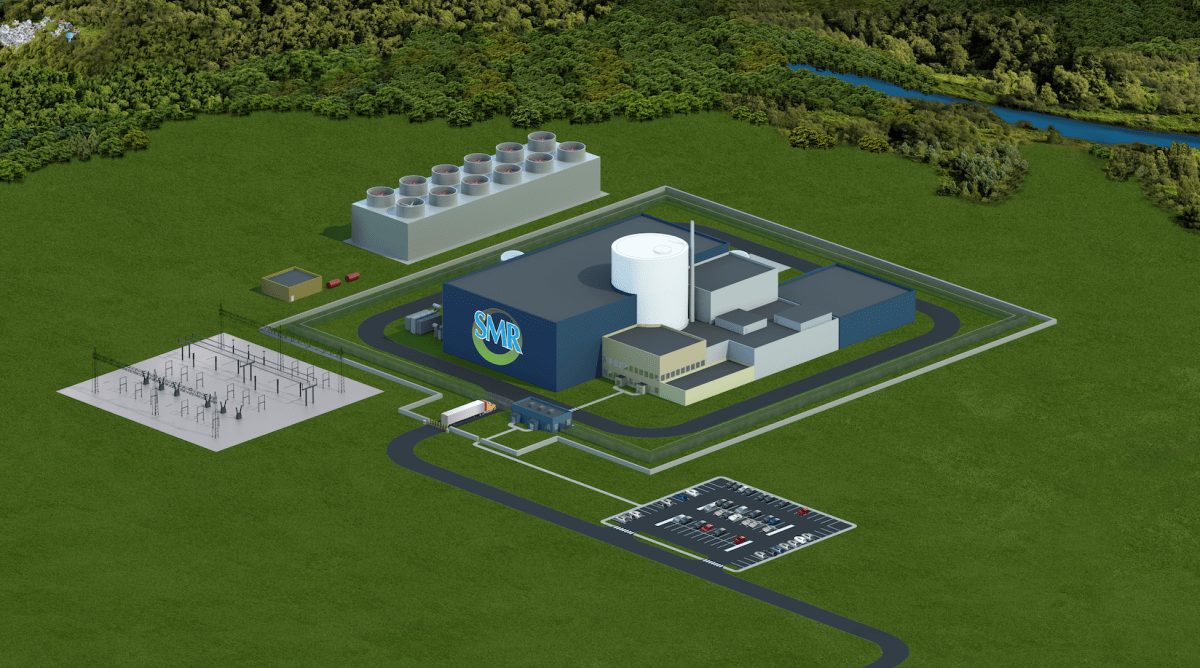Xcel Energy’s Prairie Island likely hydrogen demo site
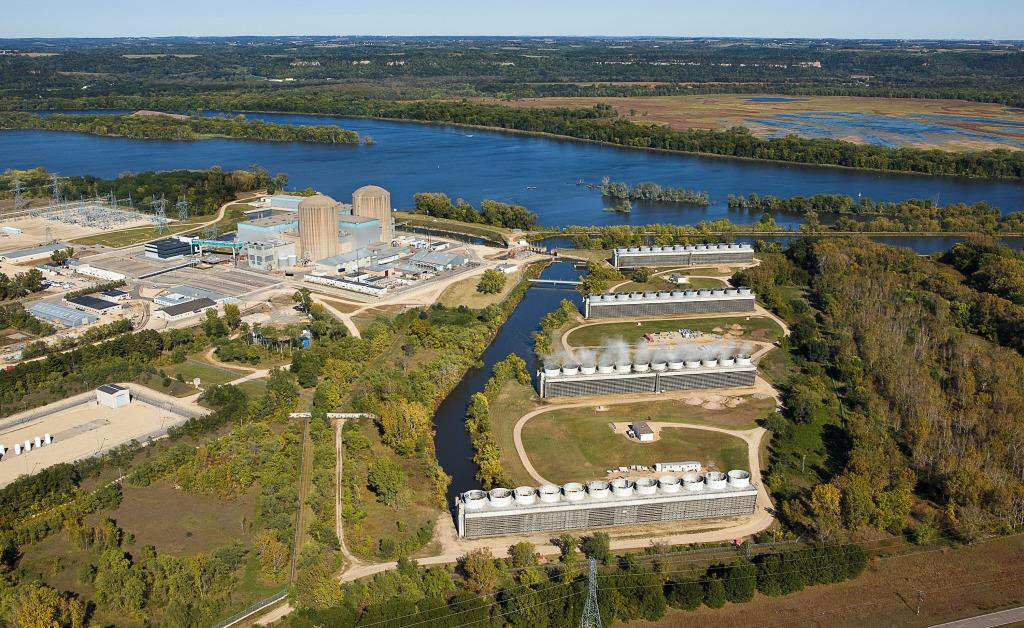
Xcel Energy’s Prairie Island plant. Photo: Xcel Energy
Xcel Energy’s Prairie Island is the probable location for the nation’s first demonstration of high-temperature steam electrolysis at a nuclear power plant. Idaho National Laboratory, which plays a key role in a hydrogen demonstration project launched last year with Xcel Energy, Energy Harbor, and Arizona Public Service (APS), announced on November 9 that Prairie Island, which houses two 550-MWe pressurized water reactors, would likely be chosen over the one-unit boiling water reactor plant at Monticello.
Minneapolis-based Xcel Energy will work with INL to demonstrate a system that uses the plant’s steam and electricity to split water. The resulting hydrogen will be used at the power plant, but excess hydrogen could be sold to other industries. Hydrogen has applications in transportation and in industrial sectors, including steel and ammonia production.
More than $10 million in federal funding for the Xcel Energy demo was announced by the Department of Energy on October 8. It is just one phase of a project that showcases collaboration between the DOE’s Office of Nuclear Energy and Office of Energy Efficiency and Renewable Energy. Commercial hydrogen production via low-temperature electrolysis is being demonstrated at Energy Harbor’s Davis-Besse plant. APS, which operates the Palo Verde generating station, will build on the Xcel Energy demo to develop an initial design and feasibility assessment for plant modifications to integrate a reversible hydrogen electrolysis system with the plant’s secondary system and will include hydrogen storage infrastructure.



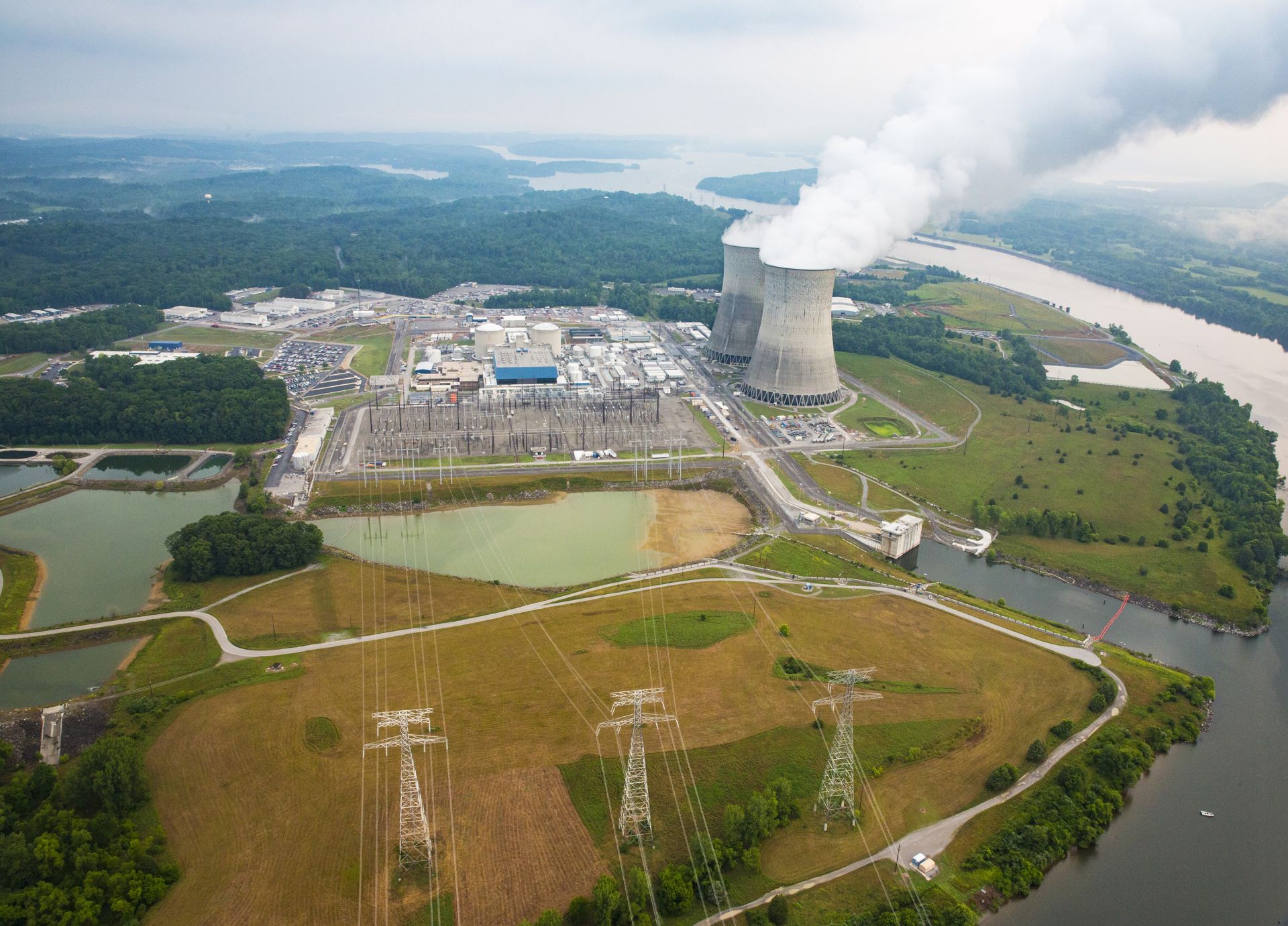

 Wisconsin-based SHINE Medical Technologies announced on November 4 that its Therapeutics division has made its first commercial sales of lutetium-177 to multiple customers. Lu-177 is a therapeutic isotope in demand by clinical trial sponsors because of its potential to treat a range of cancers.
Wisconsin-based SHINE Medical Technologies announced on November 4 that its Therapeutics division has made its first commercial sales of lutetium-177 to multiple customers. Lu-177 is a therapeutic isotope in demand by clinical trial sponsors because of its potential to treat a range of cancers.



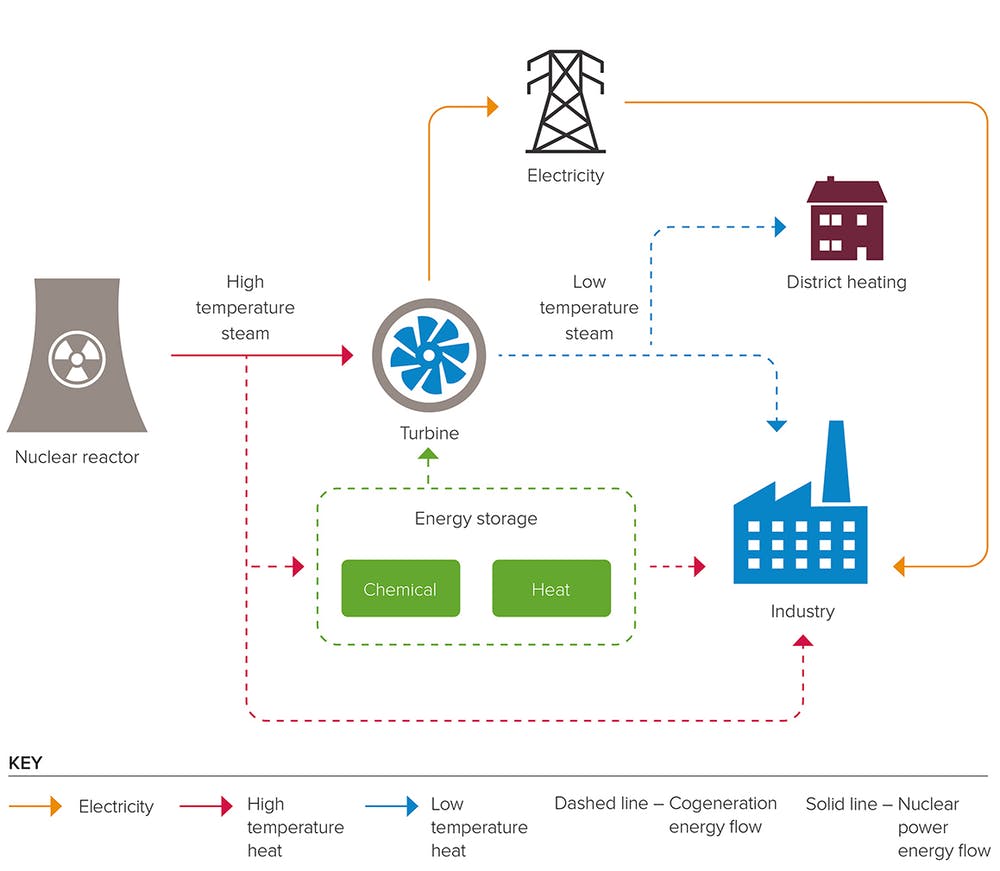
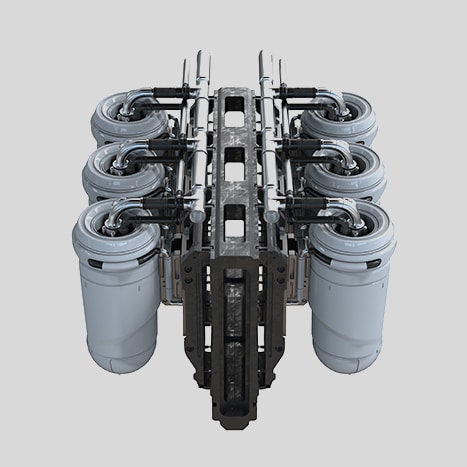
 The National Nuclear Security Administration has launched
The National Nuclear Security Administration has launched 